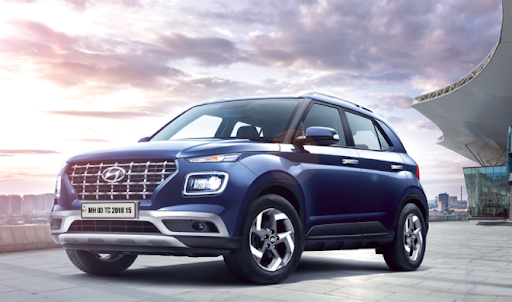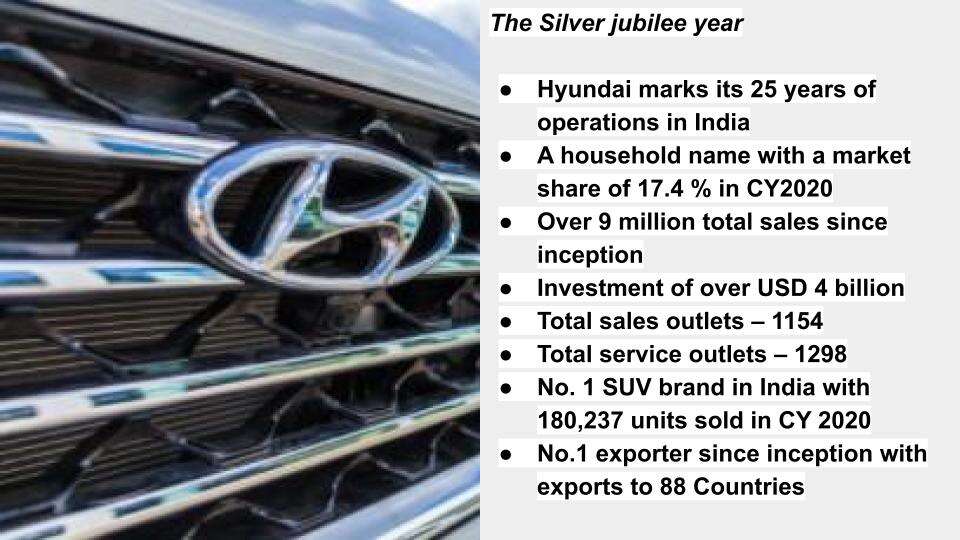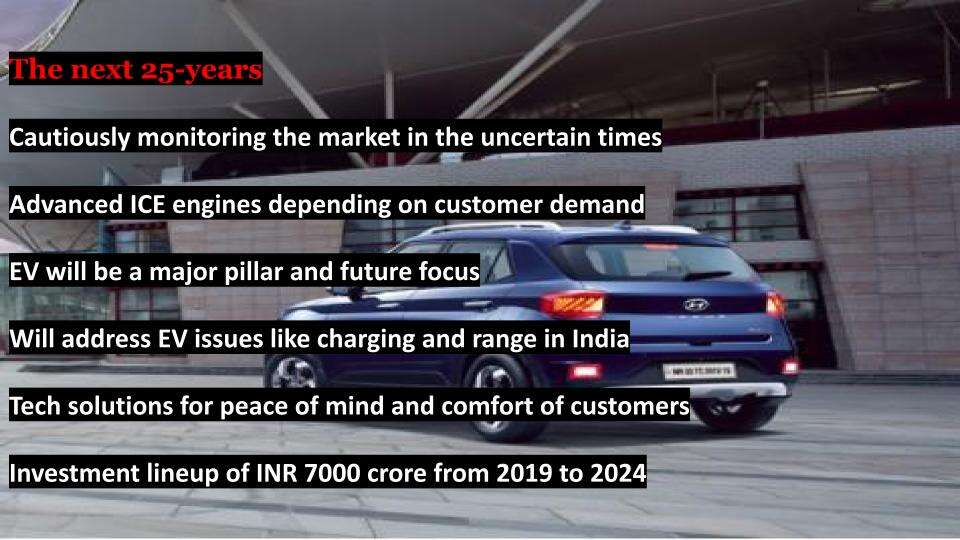
New Delhi: Hyundai Motor India (HMIL) has enshrined four pillars of growth for India with mobility, connectivity, electrification and autonomy that will pave the way for its future growth to maintain its premiumness in the Indian market.
“We are working on various technologies for an important market like India where customers embrace change. We envisage that the future customers would value unique experiences of enhanced, advanced and focused mobility in a more competitive India,” S S Kim, president and CEO of Hyundai Motor India, told ET Auto.
The South Korean automaker on May 6, 1996, laid the foundation of Hyundai Motor India’s manufacturing facility at Irungattukkottai in Sriperumbudur, Tamil Nadu. Over the last two and a half decades, this facility has advanced from strength to strength, emerging as the hub of manufacturing excellence, symbolising strong synergies of development of new levels of motoring. The operations for the manufacturing facility began in September 1998 with the commissioning of Hyundai’s first integrated car manufacturing plant outside Korea.
Future customers
The company, as the largest exporter from India, has plans to offer more personalised vehicles to the people. It is convinced that personalised services in its vehicles, like connected and digitised initiatives, would play a major role in influencing future customers.
“The future customers would be looking at unique experiences – enhanced, advanced and initiated in a more competitive India. In India the total number of cars is small and the profile of the customers is changing. There are a large number of compact cars and first generation customers and the Creta and Tucson customers are looking for new vehicles. We are working in various directions to upgrade them with varied offerings and diversified motoring experiences,” Kim added.
Hyundai currently offers Kona electric SUV that has 450 km of range (single full charge). The company wants to upgrade from the current offerings of multiple gears like IMT (Intelligent Manual Transmission as a clutch-free Manual Transmission) to DCT to new technologies. All the new strategies would be centred around customer convenience.
“We are among the few companies that have taken diesel to the BS-VI level and have not shied away from investing. The diesel BS-VI is there in most of our vehicles as a new phase of technology which is delight for customers and is endorsed by the customers,” Tarun Garg, director– marketing and sales, Hyundai, said.
Hyundai would be looking at improving its performance in the Indian auto market that peaked in 2018 with sales of over 3.4 million passenger vehicles. “When we can return to that market it would be a sheer delight. We are passing through this pandemic and amid this uncertainty of many situations, we are cautiously optimistic that we can go back to that demand situation. We are prepared to clock our peak volumes as the market recovers,” Kim said.
Hyundai sold 423,642 units in 2020. Its sales were down by 17% compared to 2019 and the company will introduce new vehicles and technologies this year to reap the improving Indian market.
“Going by China, the US and Europe, where the per capita car ownership is higher, India has higher potential and the market will grow gradually,” Kim said.
The company’s leadership did not specify its potential target for 2046 from the 9.6 million units sold in the past 25 years.
We are among the few companies that have taken diesel to the BS-VI level and have not shied away from investing.Tarun Garg, director– marketing and sales, Hyundai
The Hyundai management said that sharing (of vehicles) has taken a backseat amid the concerns of the public mobility services. The end to the pandemic might change the situation and improve in the post-COVID days.
“The new car demand will be strong for personalised mobility. Owning cars would be a new experience for youngsters and this could be a potential for the market. Hyundai can give various ownership experiences to the new set of future customers and we are working on them. Renting, subscription, ownership and other formats could be new models of using or buying cars,” Garg added.
Amid the changing life cycle of vehicles – probably 10 years and 15 years depending on the regions and type of customers – automobile brands are banking on the newly-announced scrappage policy that can change the value proposition and enhance the motoring experience of the people.
















